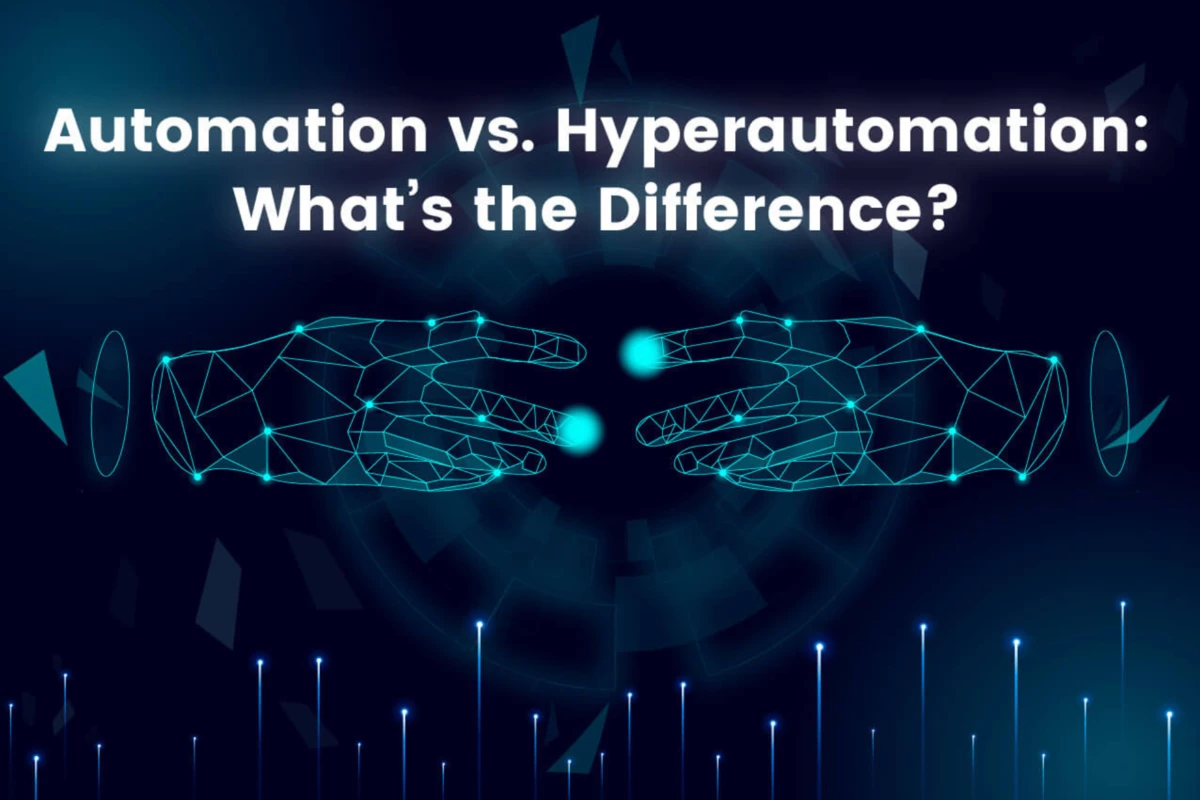RPA in Government
According to Gartner, Robotic Process Automation (RPA) is a productivity tool that enables users to configure one or more scripts— that some vendors refer to as “bots”—to activate particular keystrokes. As a result, the bots get used to imitate or emulate specific tasks (transaction steps) within a business or IT process. Data manipulation, data transfer to and from various applications, response triggering, and transaction execution are all examples of these. Descriptor and user interface interaction technologies get combined in RPA. The scripts can overlay on one or more software programs.
In simple terms, RPA uses software tools driven by rules to automate predictable routines and predictable tasks through coordinated actions that mimic human behaviour. Swivel chair data entry and other time-consuming tasks get eliminated by this method.
RPAs get used in government organizations for several good reasons, including their ability to automate mundane and repetitive tasks, reduce costs, and free up human labour for more strategic duty.
Governments also have to deal with repetitive, labour-intensive tasks like document processing, information dissemination, data management, and security compliance, which are the building blocks of all large businesses. RPA’s benefits are getting recognized by governments, rapidly utilizing various RPA tools in their operations.
What is the significance of RPA in the public sector?
RPA has already demonstrated its ability to reduce costs and increase efficiency in multiple industries, prompting officials from governments and the public sector to consider it as a potential solution for enhancing citizen services at lower prices and with fewer resources. A Fedscoop survey of federal and state agencies found:
- RPA has got implemented to facilitate work by 41% of state agencies and 65% of federal agencies.
- RPA views as a foundational component for utilizing AI and ML capabilities by 61% of federal agencies and 49% of state agencies.
- 15% of agencies have deployed 101-200 bots, while 26% of agencies have deployed 51-100 bots.
- RPA success gets measured by government agencies using the:
Reduced errors in data processing (37%) and cost avoidance (41%) reduced service delivery times (46%)
- 34% of respondents estimated that RPA saved between 5,000 and 50,000 hours of annual labour.
Use cases of RPA in Government.
By computer vision and screen scraping, RPA bots get programmed to mimic human interactions with GUI elements on a desktop device. RPA bots can therefore get utilized by government and public sector organizations for:
Handling and validating documents
These transactional tasks are necessary for the sector to function, but they are also a major cause of migraines for staff members who must perform them meticulously. The good news is that the government’s program has improved with assistance from your software friends who can work unaffected by fatigue around the clock.
Lesser operational costs are another outcome of using RPA for document handling and validation.
Data Mitigation
RPA bots get used to moving data between government legacy systems and organization platforms at specific times or during triggering events. Bots can also notify users, delete unnecessary data, and cross-check the platform for duplicates. Because there is no human involvement in the process, bots maintain the quality and accuracy of migrated data.
HR tasks
Data management, compliance, payroll administration, onboarding and offboarding, and other HR tasks can all be automated. Rule-based HR processes get streamlined RPA’s promise of more effective data management.
Reconciliation and reporting
The requirements for reconciliation processes and resources are highly variable. Coming to reconciling and reporting, the most effective goal achievement requires a workforce that can grow with the business.
Whether you are talking about reporting as a whole, the general ledger, or activating fixed assets, delegating these tasks to software robots results in efficient resource utilization and a significant cost reduction.
Tracking Covid-19
RPA bots for tracking Covid-19 got incorporated into lists of vaccinations and quarantines issued by the government. RPA bots get used for:
- Based on the number of citizens who reported symptoms or tested positive for Covid-19, update public records.
- Utilize clinical records to update vaccine lists.
- Send out notifications to individuals to alert them of how many days remain in quarantine.
- Create vaccination passports for people who received two doses.
Processing and evaluation of applications
Various documents and applications get filled out by citizens through online government portals. RPA bots can approve applications or send them to multiple agencies for approval, process citizen queries, validate application data, and verify IDs and personal information. RPA can be used to automate the following documents:
Applications for and renewals of driver’s licenses, passports, tax forms, and records about employment, healthcare, and insurance coverage
What obstacles does RPA face in the public sector?
Adoption of RPA in the government and public sector faces several obstacles, including:
- Concerns regarding the misuse of bot credentials
- Concerns regarding access by third parties:
- Due to a lack of specialist skills, 63% of businesses require a dedicated third-party partner. Unauthorized personnel could gain access to sensitive data as a result of this.
- Lack of understanding of RPA capabilities.
A Fedscoop poll reveals that:
25% of state agencies do not know which processes to automate. To address these issues, government and public sector organizations can rely on reputable RPA consultants to implement a suitable RPA solution and raise awareness of its capabilities and risks.
Whether we’re talking about payroll, updating records, or validating data, They can be completed with perfect accuracy using robotic process automation in a third of the time it takes to process them manually.
Processes get streamlined, and governmental institutions’ effectiveness and productivity get increased by using bots in the workforce.
In conclusion, we would like to reiterate the factor of one of a series of articles that are pragmatically oriented toward application areas and discuss the particularities of RPA in various industries, such as insurance, banking and finance, or telecommunications. Get in touch with Outworks solutions today for more details.



